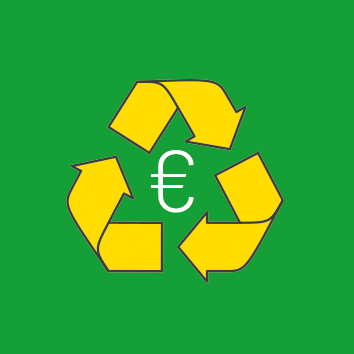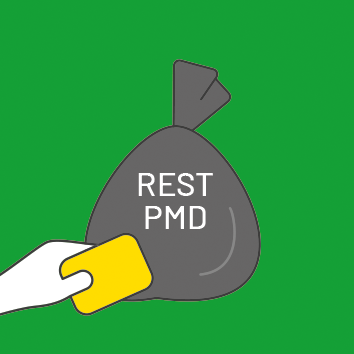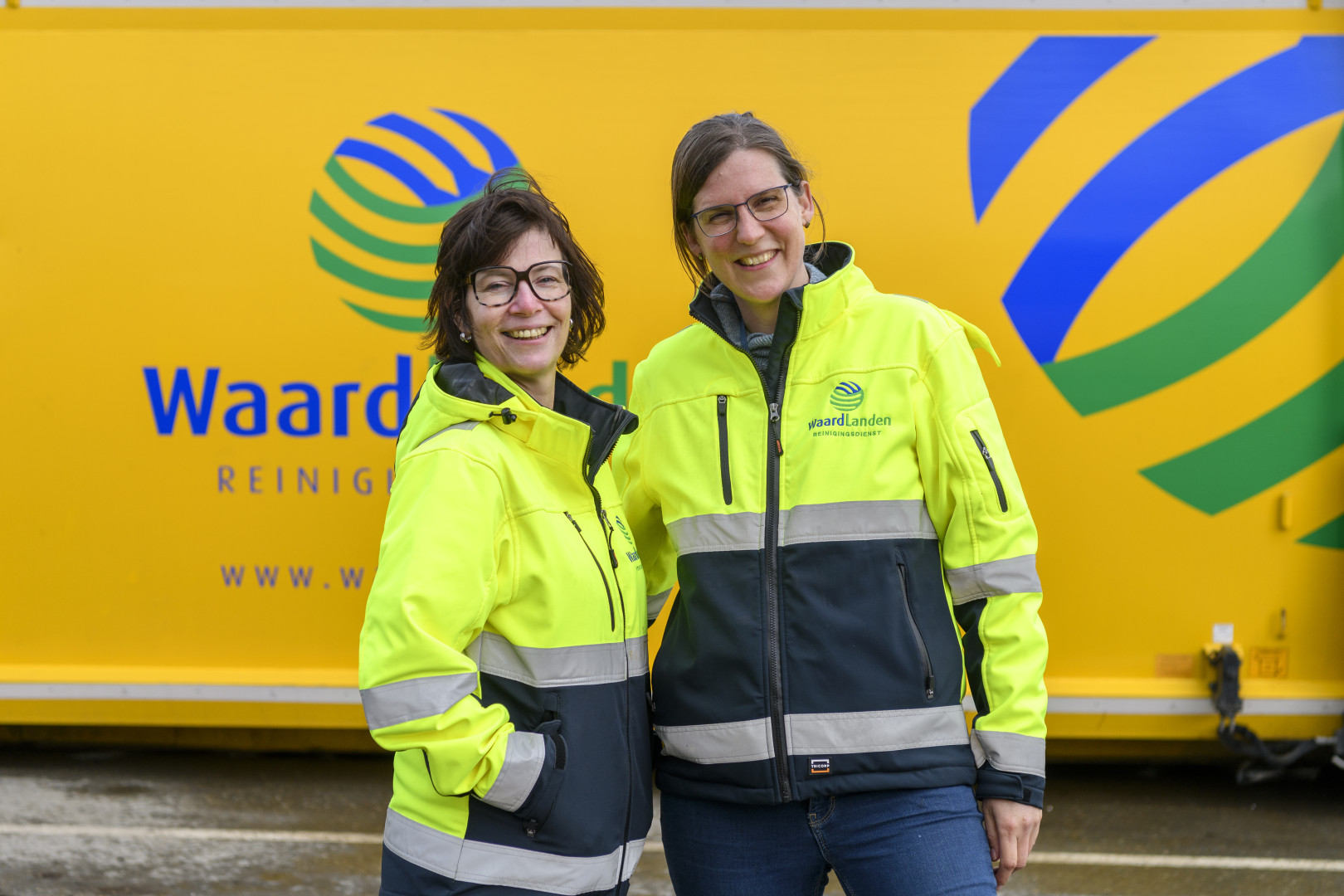Do you have questions about the new waste and resources policy and the changes around waste collection in Molenlanden. This is understandable. We list the 5 most frequently asked questions for you. Answers to more frequently asked questions can be found at waardlanden.nl/samenafafvalvrij.
From 1 January 2024, Molenlanden municipality will introduce the recycling tariff. How does the recycling tariff work?
 In 2023, you will not have to pay separately if you dispose of a rubbish bag in the residual waste collection container or have your residual waste container emptied. Only from 1 January 2024 will Molenlanden municipality calculate the waste disposal charges in a new way. The waste disposal charges will then consist of a fixed part and an alternating part. This variable part is called the recycling rate.
In 2023, you will not have to pay separately if you dispose of a rubbish bag in the residual waste collection container or have your residual waste container emptied. Only from 1 January 2024 will Molenlanden municipality calculate the waste disposal charges in a new way. The waste disposal charges will then consist of a fixed part and an alternating part. This variable part is called the recycling rate.
The fixed part is the same for everyone in the municipality. You pay this at the beginning of the year together with the municipal taxes. At the end of a year, the municipality knows what you have to pay for the varying part. So you pay this varying part afterwards. The amount depends on how often you had your residual waste container emptied or threw a bag in the collection container for residual waste. We read this number with a chip on your residual waste container or the times you opened the residual waste container with the environmental pass. The waste is therefore not weighed.
What are the rates from 1 January 2024?
The municipal council determines the exact division between the fixed and variable part of the waste collection fee. The municipality has a proposal from the Waardlanden board for the 2024 recycling tariffs. The municipal council must formally adopt the tariffs.
The rate depends on your living situation and how you present your residual waste. From 1 January 2024, there will be 3 different recycling rates:
- High-rise: pmd+rest together in residual waste collection container
Each opening can hold a rubbish bag of up to 60 litres.
This includes low-rise houses without 3 types of containers at the house, such as within the fortress of Nieuwpoort. - Low-rise: rest in residual waste collection container
Each opening can hold a rubbish bag of up to 60 litres. - Outlying arearesidual waste container of 240 litres
Why are all collection containers for pmd disappearing?
 Waste analyses have shown that the quality of plastic packaging, metal packaging and drink cartons (pmd) in collection containers is insufficient. Therefore, residents of a flat, upstairs flat and homes without 3 types of containers, such as within the fortress of Nieuwpoort, are allowed to dispose of residual waste and pmd together in the residual waste collection container. This waste is collected separately and later sorted using machines. This allows us to recycle more and we need to burn less residual waste. All other raw materials such as glass, textiles, paper and cardboard can continue to be separated. Residents of high-rise buildings can now also separate their vegetable, fruit and garden waste and food waste (VGF). The environmental card allows them to open the new bins for VGF waste.
Waste analyses have shown that the quality of plastic packaging, metal packaging and drink cartons (pmd) in collection containers is insufficient. Therefore, residents of a flat, upstairs flat and homes without 3 types of containers, such as within the fortress of Nieuwpoort, are allowed to dispose of residual waste and pmd together in the residual waste collection container. This waste is collected separately and later sorted using machines. This allows us to recycle more and we need to burn less residual waste. All other raw materials such as glass, textiles, paper and cardboard can continue to be separated. Residents of high-rise buildings can now also separate their vegetable, fruit and garden waste and food waste (VGF). The environmental card allows them to open the new bins for VGF waste.
Why is less waste so important?
Every day we throw away all sorts of things as waste. Plastic, food scraps, cardboard, glass, an old table, you name it. To us, it is waste, we don't want anything more with it. Yet almost all this waste can very well get a 2nd life. It is not waste. Reuse is good for the environment. By recycling, we don't have to throw away as much. So we save raw materials and energy needed to make new products.
It is therefore important that you sort and separate your waste at home as much as possible. How you can do this depends on where you live. By doing so, you are helping to create a clean and beautiful environment, for yourself and future generations. The ultimate goal is a world with as little waste as possible where we reuse discarded products. If you buy products that are sustainably packaged or packaging-free, you are also contributing to this.
We will work even harder to reduce residual waste in the coming years. We want to go from 232 kg in 2020 to 100 kg per person per year in 2025. The national target is to have zero residual waste by 2050. We need everyone's help to achieve this.
How do I ensure less waste?
 It can be quite a challenge to reduce waste and separate even better. That is why you will find help and tips at waardlanden.nl/lekkeropgeruimd. We continuously supplement it with blogs, videos and tips. You can also subscribe to our newsletter here. This will keep you informed of all developments and give you even more tips & tricks.
It can be quite a challenge to reduce waste and separate even better. That is why you will find help and tips at waardlanden.nl/lekkeropgeruimd. We continuously supplement it with blogs, videos and tips. You can also subscribe to our newsletter here. This will keep you informed of all developments and give you even more tips & tricks.
For very specific questions, please contact our environmental coaches. Look for places where you can meet our environmental coaches at waardlanden.nl/milieucoachesontour.








